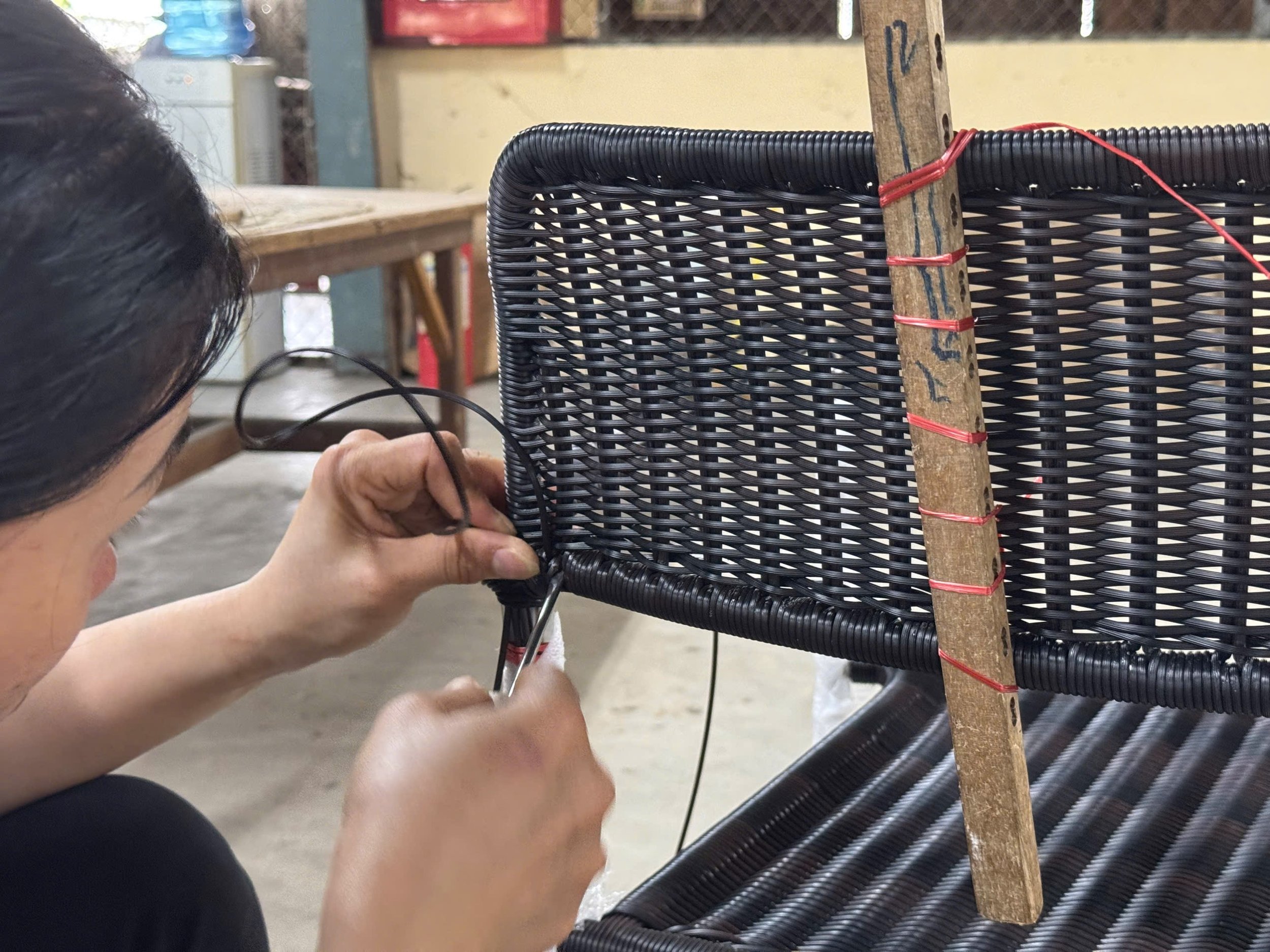Green Living, Built to Last: Why Sustainable Furniture Wins
In today’s eco-driven marketplace, sustainable furniture isn’t just a trend, it’s a business necessity. Whether you’re furnishing a boutique hotel, a global retail chain, or a coastal resort, buyers and guests demand transparency, responsibility, and durability in every piece. A 2023 survey found that 74% of hospitality buyers prioritize eco-friendly sourcing, up from 58% in 2020.
At Pham Lifestyles, we craft sustainability into every design. Based in Nha Trang, Vietnam, our furniture blends ethical labor, eco-friendly materials, and wholesale scalability. Here’s why sustainable furniture matters for your business.
What “Sustainable Furniture” Really Means for B2B Buyers
Sustainable furniture goes beyond buzzwords, it’s a full-circle commitment impacting your entire supply chain.
We use natural, low-impact materials like rattan, bamboo, and our exclusive Vigro synthetic fiber, a durable, UV-resistant alternative to natural weaves tested to withstand over 3,000 hours of UV exposure. Our non-toxic finishes and waste-minimizing processes ensure eco-conscious production, reducing waste by 30% compared to industry averages. But sustainability isn’t just green materials, it’s furniture built to last, cutting replacement costs and shrinking your carbon footprint.
Ready to source smarter?

A Transparent Supply Chain You Can Trust
Today’s retailers and hospitality brands face growing pressure for supply chain transparency. At Pham Lifestyles, we deliver.
Our workshops meet international labor standards, providing fair wages and safe conditions for over 200 artisans across Vietnam. With full documentation and traceability, we help you meet CSR goals and certifications effortlessly, supporting 95% compliance with global sustainability standards. Partner with us to align your brand with values that matter.
Why Hospitality and Retail Love Sustainable Furniture
For hotels, furniture shapes the guest experience. Rattan and wicker bring warmth and authenticity to villas, lounges, and poolside retreats, with 85% of guests noting ambiance as a key factor in their stay, per a 2024 hospitality report.
Retailers? You’ll love the versatility. Our handcrafted pieces fit bohemian, coastal, Scandinavian, and modern aesthetics, plus their sustainability story connects emotionally with customers. When they ask, “Is this eco-friendly?” you’ll say “yes” with confidence, tapping into the 62% of consumers willing to pay more for sustainable products.
Sustainability Meets Scale
Can sustainable furniture handle your volume? Yes, and then some.
Pham Lifestyles is built for wholesale furniture buyers. Our facilities manage custom and catalog orders with ease, shipping globally via trusted logistics partners to over 40 countries. Flexible MOQs (minimum order quantities) let you test collections, outfit a hotel, or launch a retail line sustainably, with production capacity exceeding 10,000 pieces annually.
The Long-Term Payoff of Sustainable Furniture
- Durable designs mean fewer replacements and lower costs, saving up to 25% over five years versus traditional furniture.
- Eco-conscious sourcing boosts your brand and customer loyalty, with 68% of buyers favoring brands with clear sustainability commitments.
- Future-proof partnerships prepare you for sustainability regulations, as 50% of global markets tighten eco-standards by 2030.
It’s the smart investment your business deserves.
Source Sustainable Furniture With Pham Lifestyles
Ready to elevate your spaces with sustainable, handcrafted furniture? Pham Lifestyles combines craftsmanship with commercial know-how, serving over 150 B2B clients worldwide. Let’s create something beautiful, ethical, and built to last together.
Learn more about our custom solutions for your hospitality or retail needs!